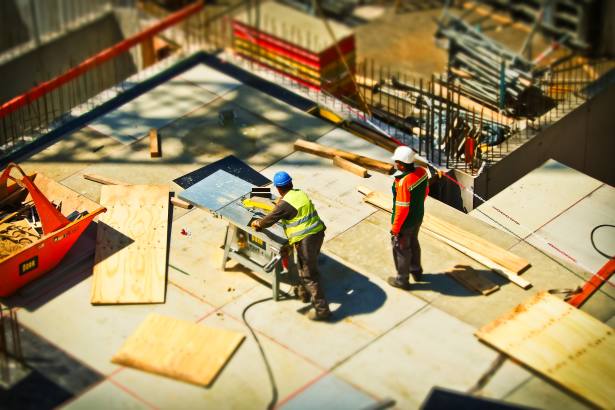Some investors have forecast the UK inflation rate has already peaked in 2017, but others warn it may still resume its climb.
Either way, inflation has a nasty habit of eating into savings and investments, so any assets which can provide some form of protection are likely to be in high demand at the moment.
Having confirmed investor interest, a number of fund houses have launched open-ended funds offering exposure to the sector, while several investment trusts have joined HICL since 2006.
Mr Argent observes: “As investor interest in infrastructure as an asset class has grown in the UK, the range of listed investment vehicles providing exposure to infrastructure-related projects has also increased.”
This means investors can now access the returns linked to a broader range of social and economic infrastructure projects.
Government goals
“Continued infrastructure investment is critical to the government’s ambition to address the UK’s productivity gap and this underpins over £500bn of planned future spend. This pipeline of opportunities is likely to support continued investor interest in the sector,” he claims.
Mr Haynes also sees the potential for increased government expenditure to provide ongoing opportunities to those interested in being invested in infrastructure assets.
“As central banks’ monetary policies have become less effective, there has been a shift towards talk of increasing fiscal policies to support the global economy.
“Through an increase in government spending, the authorities attempt to improve unemployment rates, fight against deflation, stabilise business cycles and influence interest rates. One way of achieving this economic ‘holy grail’ is through investing in long-term infrastructure projects,” he asserts.
But this is not just confined to the UK, meaning investor interest in infrastructure may be boosted by overseas infrastructure projects.
Mr Haynes adds: “In Europe and Japan, the European Central Bank and the Bank of Japan have both mentioned that looser fiscal policy may be required to boost economic growth.
“However, the election of Donald Trump generated the most interest, with one of his biggest undertakings to ‘make America great again’ being to spend big to regenerate the country’s dilapidated infrastructure (although like many of his pre-election promises we are still to see the evidence emerge).”
Alex Scott, deputy chief investment officer at Seven Investment Management, sums up: “There is clear appeal for investors in the cashflow profile of infrastructure assets: long-term, highly predictable cashflows, with a significant degree of inflation-linking and generally backed by public sector counterparties.”
eleanor.duncan@ft.com








